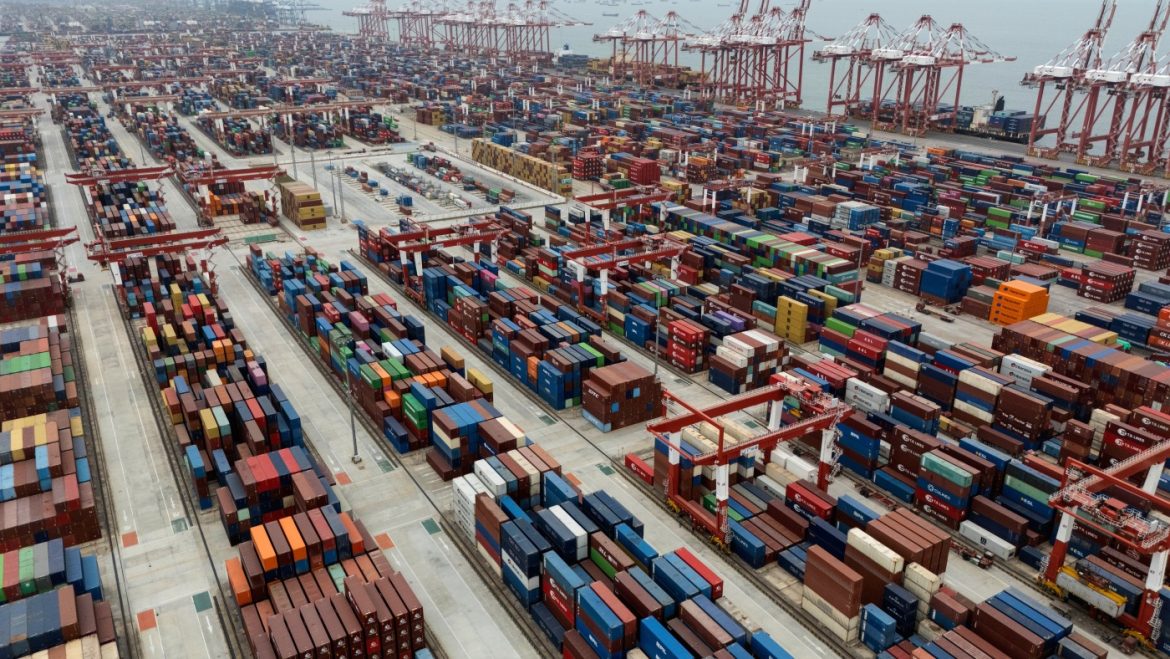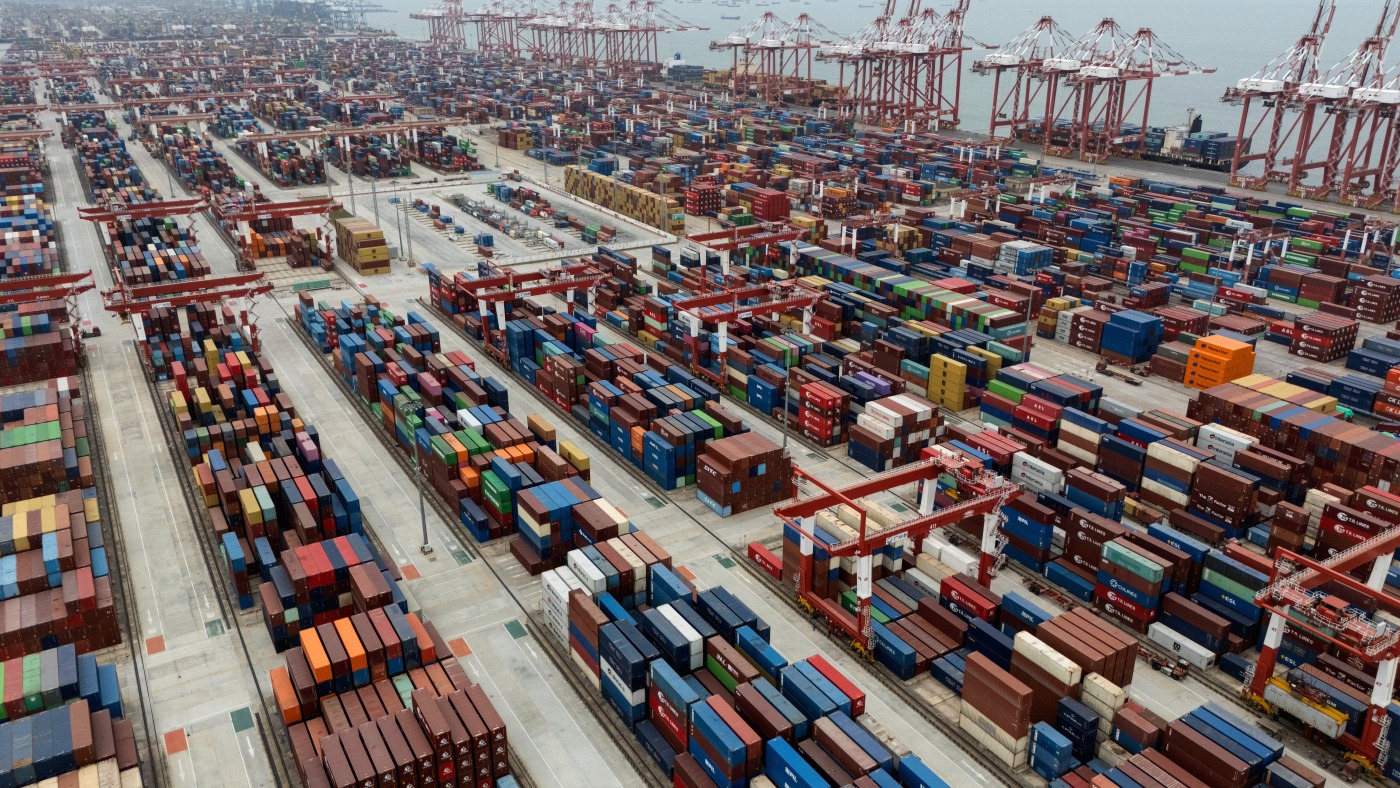The temporary pause on high U.S. tariffs levied on Chinese goods has generated a complex landscape of uncertainty and cautious maneuvering for Chinese factories, exporters, importers, and associated businesses. Although the U.S. and China agreed to a 90-day suspension on exorbitant tariffs — some reaching triple digits — the relief it brought is limited, leaving many stakeholders grappling with an unpredictable future. This report unpacks the multifaceted realities behind the tariff pause, how it affects Chinese manufacturing, global supply chains, and business strategies, and looks into the broader implications on trade and economic stability.
A Glimpse into the Tariff Pause and Its Immediate Aftermath
The high tariffs, introduced in an escalating U.S.-China trade war, often hit triple digits, with some levies reportedly surging up to 245%. Such tariffs were intended to pressure China on trade practices but resulted in significant disruptions to supply chains and export volumes.
In response, the U.S. administration agreed to a 90-day pause on these triple-digit tariffs. While this measure sparked an immediate rush as Chinese exporters scrambled to fulfill pent-up orders, it simultaneously triggered a logistical scramble—ports faced snarled freight lines, and shipping capacity rapidly redirected toward China, inflating freight costs. This surge highlights how deeply the tariffs had suppressed trade flows.
Despite this temporary easing, factory owners report that overall demand remains subdued. Many cite ongoing uncertainty about whether the tariff suspension will transition into a longer-term resolution or if tariffs might resume or be replaced by new measures. This hesitation incentivizes caution in production planning and investment.
Uncertainty and Production Challenges for Chinese Factories
For Chinese manufacturers, the tariff landscape remains fraught with complexity. Even with a 90-day tariff reduction to approximately 30% from previously sky-high levels (some as high as 145%), effective tariffs remain considerably above pre-trade war norms.
This situation creates several challenges:
– Order Declines: Chinese factory owners report that orders from the U.S. and possibly other markets have declined overall. Some factories are halting or slowing production to mitigate risks associated with potential tariff reinstatements and fluctuating demand.
– Shift to Other Markets: Faced with U.S. tariffs, many Chinese exporters explore or pivot towards new international markets less affected by tariff fallout. However, entering new markets involves hurdles such as establishing new partnerships and navigating different regulations.
– Restructuring Supply Chains: In an attempt to bypass tariffs, some Chinese manufacturers have begun establishing facilities inside the United States. While this approach can effectively circumvent tariffs on Chinese-origin goods, it entails high upfront costs, operational challenges, and longer-term strategic commitments that not all companies can undertake.
– Partial Tariff Burdens: Many firms still face layered tariffs because levies were imposed at various points over preceding years. Some companies mention cumulative tariff rates remaining as high as 75%, complicating pricing structures and profitability.
Impact on Global Trade, Logistics, and Financial Markets
The tariff dynamics ripple beyond China’s borders:
– Freight and Logistics Bottlenecks: The rush to export during the tariff pause overloads logistics networks, jams ports, inflates shipping costs, and fosters delays that echo across global supply chains, affecting multiple industries dependent on Chinese manufacturing.
– Stock Market Volatility: The announcement of the tariff pause triggered global stock rallies, reflecting investor optimism about pause opening a door to trade détente. However, the persistence of uncertainty tempers sustained confidence.
– Imported Goods Pricing in the U.S.: While relief is felt by American businesses reliant on Chinese imports, lingering tariffs and uncertain future policies continue to pressure costs. Many had delayed or canceled orders anticipating a more stable tariff environment.
Broader Economic and Employment Considerations
China’s large export-oriented workforce—estimated between 10 to 20 million workers linked to U.S. markets alone—is acutely vulnerable to tariff-induced shifts. Factory slowdowns and halted production threaten job security and regional economies reliant on export manufacturing.
Trade policy uncertainty compels firms to rethink sourcing, inventory, and investment strategies. This churn introduces inefficiencies and could lead to layoffs or shifts to automation, with long-term implications for labor markets.
Navigating Forward: What Lies Ahead?
The temporary tariff pause is neither a resolution nor a guaranteed reprieve. Its short-term nature forces businesses to strategize amidst ongoing ambiguity. Critical factors influencing the path forward include:
– Negotiation Outcomes: Whether the U.S. and China can reach a comprehensive trade agreement will determine if tariffs are permanently rolled back or if trade tensions will flare anew.
– Business Adaptability: Firms’ ability to diversify markets, restructure supply chains, and embrace operational flexibility will shape resilience.
– Government Policies: Future tariff levels, regulatory changes, and bilateral trade policies will continue to impact cross-border commerce dynamics.
Conclusion: A Pause, Not a Pivot
The 90-day suspension of exorbitant U.S. tariffs on Chinese goods illuminates the fragile balance in global trade relations—offering a temporary halt in conflict but not resolving the fundamental tensions driving the trade war. Chinese factories remain in a fog of uncertainty, where cautious production, strategic shifts to new markets, and efforts to circumvent tariffs on a structural level predominate.
This pause underscores how profoundly tariffs disrupt not only trade volumes but also the complex web of supply chains, labor markets, and global commerce confidence. Until a durable, stable trade framework emerges, businesses on both sides will continue to navigate unpredictability, ramping up logistics complexity and recalibrating strategies amid ever-shifting tariffs and geopolitical dynamics.
In essence, the tariff pause represents a fragile ceasefire—providing a brief window of breathing room rather than a decisive turn in trade relations. The future of Chinese manufacturing, and global supply chains tethered to it, hinges on how negotiations and policies evolve in the months ahead.


